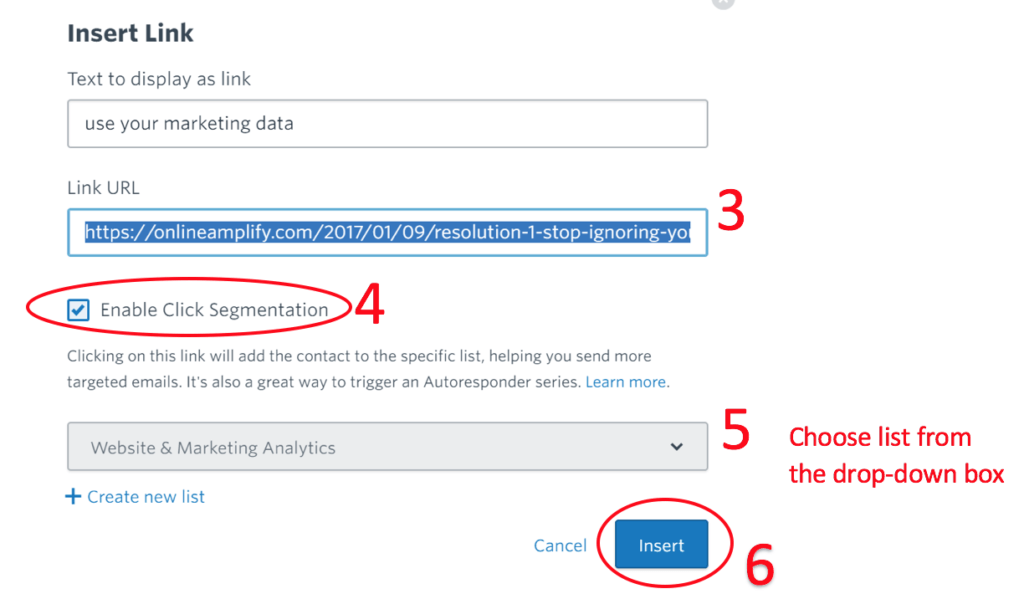
There’s a stark contrast between a guided trail ride and racing in the Kentucky Derby. While both involve riding a horse, the gear and the preparation — not to mention speed of the journey — are profoundly different. In the quest for a successful conclusion, however, both riders must continuously adjust their approach based on frequently shifting conditions.
The need to regularly assess results and nimbly modify your course of action applies to your marketing as well. The availability of myriad technologies and platforms can drive us to flit anxiously from one approach to another without any prioritization or plan.
While social media may be the first marketing tactic that comes to mind, email marketing remains a top performing sales channel. Because they opt-in, email subscribers are warm leads, providing an advantage right out of the starting gate. So saddle up and capitalize on the head start.
Assess and adapt to the conditions
Email marketing analytics offer actionable marketing intelligence to inform your future activities. Succinct and straightforward, a concise set of marketing metrics allows you to measure the impact of your subject line, email timing and content. Using this data strategically can impact your open rates significantly. For example, re-mailing to non-opens can have a profound cumulative effect on your metrics.
Drilling down on your click-throughs highlights which calls to action appeal and which ones fall flat, so you can refine your approach going forward. A heavily-clicked call to action is an opportunity for an autoresponder email to serve up more relevant content to engaged readers.
Prepare before race day
Each jockey’s silks (or uniform) are unique and personalized, representing his owner, his country and his brand. Similarly, the content you provide to your subscribers should be highly refined and targeted based on your offerings and a deep understanding of your clients’ needs and wants.
To serve up relevant email content that resonates with your subscribers, first define topic areas to segment your email list. These may be based on a variety of factors, including industries you serve, event attendees, product sectors or other relevant demographics. More finely targeted lists may be smaller, but the results are likely to be better.
Once you have defined your lists, offer subscribers the ability to select the lists they wish to subscribe to. When you serve subscribers content based on their preferences, they start to actually seek out your emails.
Research shows that open rates for segmented email campaigns are 14% higher than non-segmented campaigns, and click-throughs are 101% higher (source: Wordstream).
As you like it … introducing email click segmentation
But what about the subscribers who don’t select their preferences? Click segmentation, functionality that is embedded in many email marketing programs, enables you to identify which subject matter subscribers are interested in and automatically assign them to the right lists. Once you’ve defined your lists, it’s easy to set up.
Start by constructing your email as you presently do, with a strong subject line and content that’s original, specific and useful. Don’t tell all; instead, pique the reader’s interest and embed links to tease to your website, blog or event registration page for details.
As shown in the screenshots below, the initial steps to create an email with email click segmentation are no different than without it. Simply select the content (1) you wish to link from (an image, call to action button or text), click the link icon (2) and add the link to the related online content.

Embed links into your email

Enable click segmentation
After pasting the destination link URL (3), select the Enable Click Segmentation box (4) below. Scrolling beneath the check-box, you’ll see a drop-down menu (5) with your email lists. Choose the relevant list (or create a new list), and click Insert (6) to complete the process.
When a reader clicks on the email link, demonstrating interest in a topic, he is automatically added to the assigned email list. He will receive future emails (including autoresponder emails, if you’ve set them up) relating to that topic.
Pace yourself … too much of a good thing
Automation tools like click segmentation help streamline marketing efforts and maintain momentum. But remember that pacing is essential to go the distance. Consider the effects of your email click segmentation (and any autoresponders you set up) on the volume and frequency of your emails, and keep your cadence reasonable.
Don’t risk disrespecting those warm leads by deluging them with unsolicited emails. Their reaction may be the dreaded unsubscribe — and you’ll forfeit the race.
Need help setting up autoresponders, click segmentation or ready a jockey to drive your email marketing to the finish line?



Wow. Excellent!